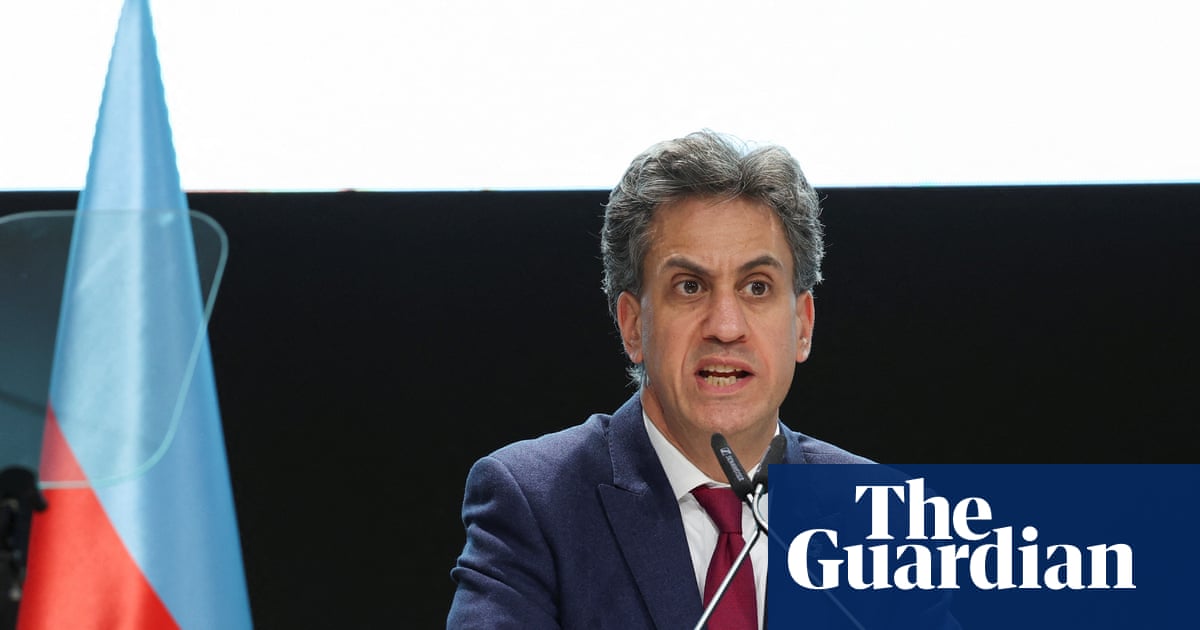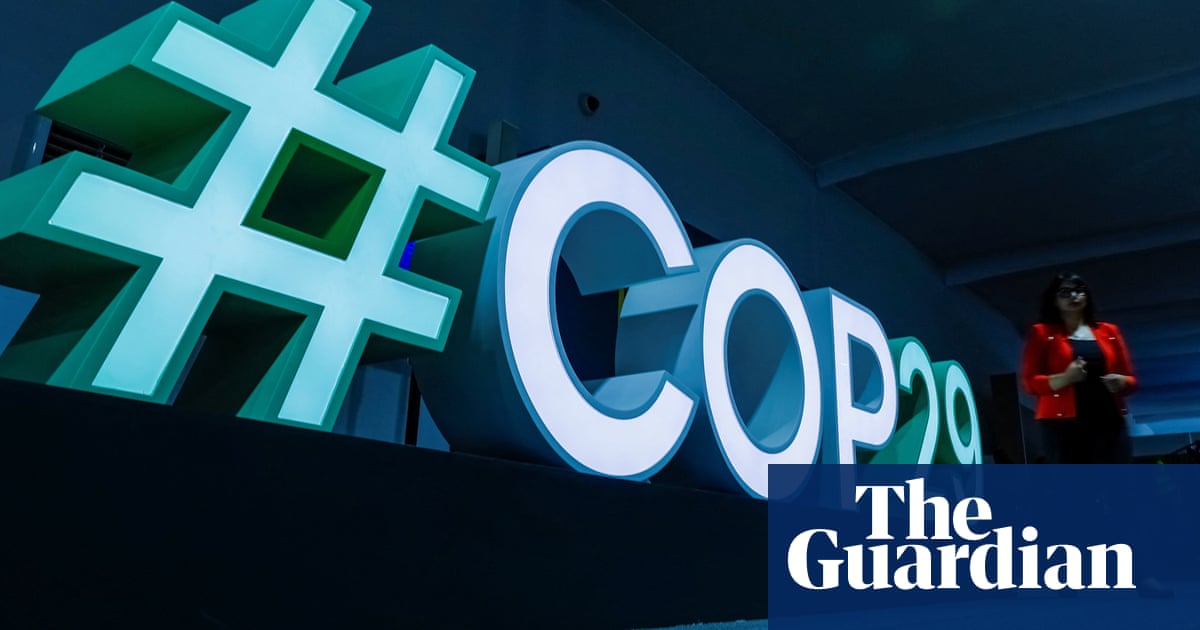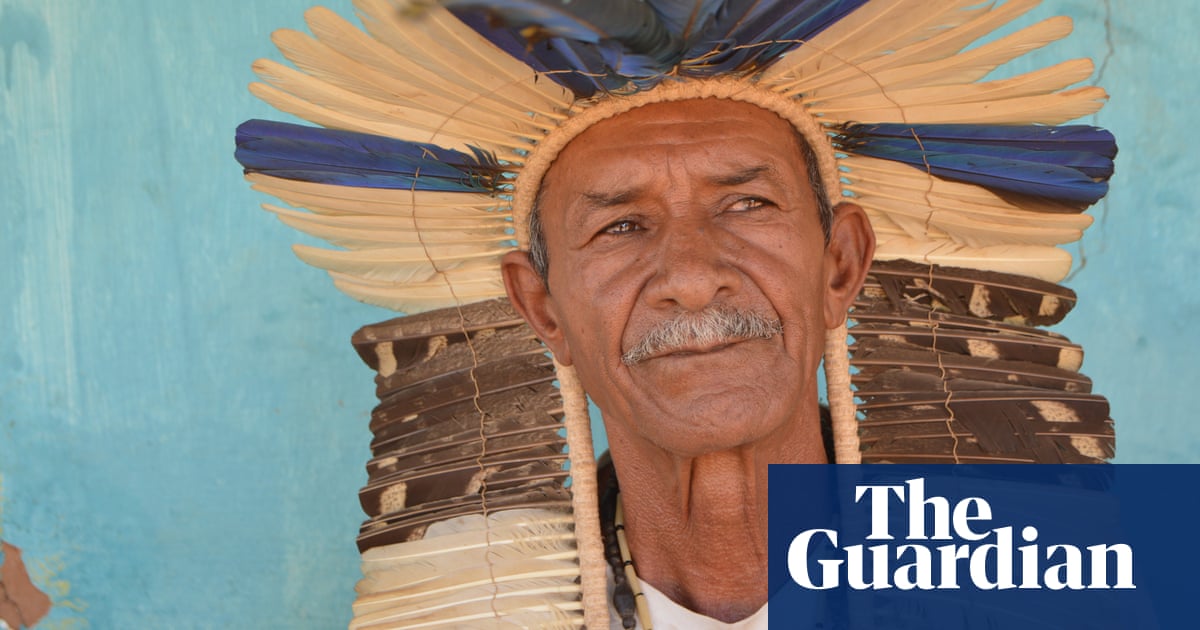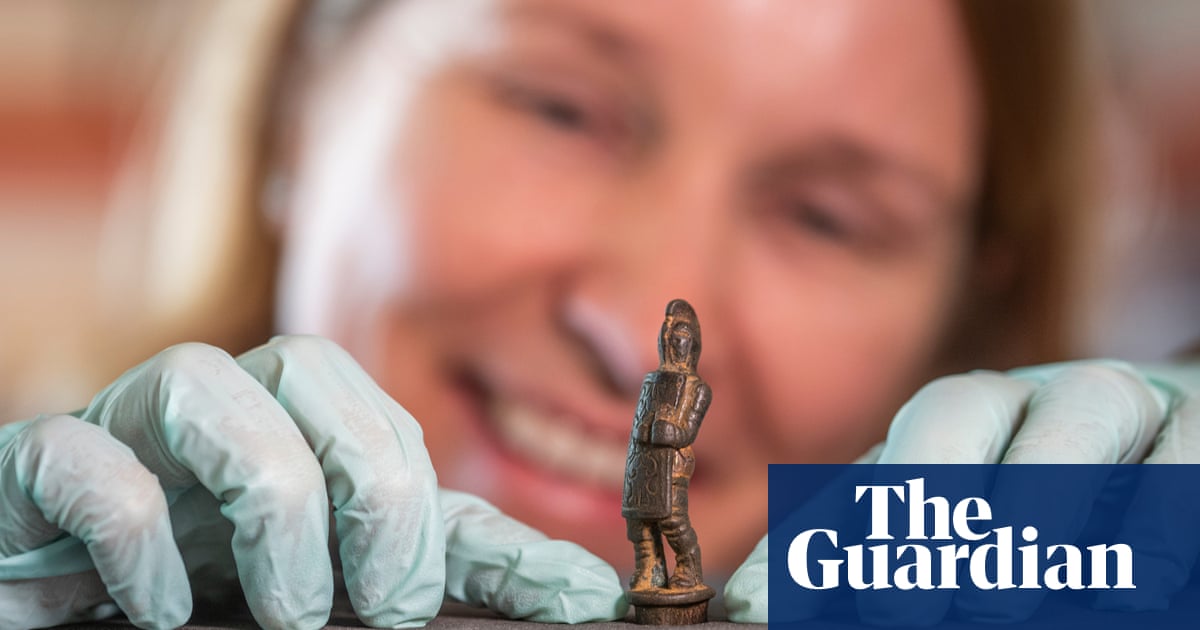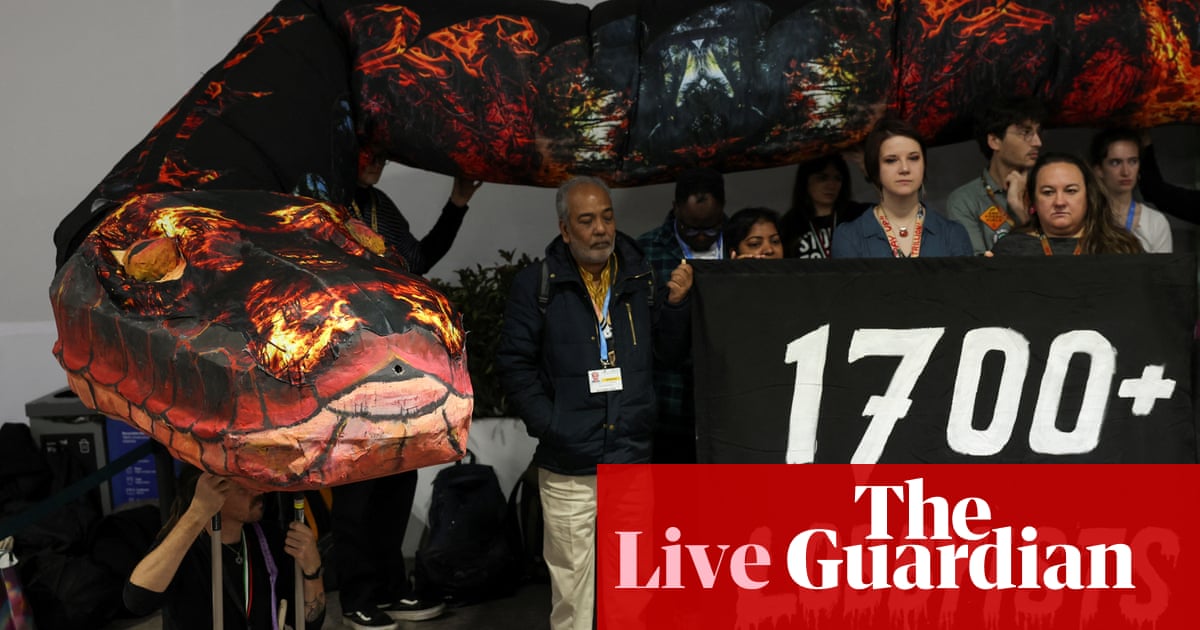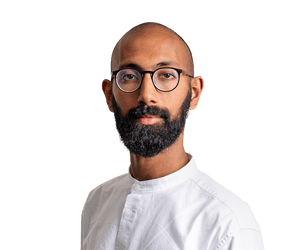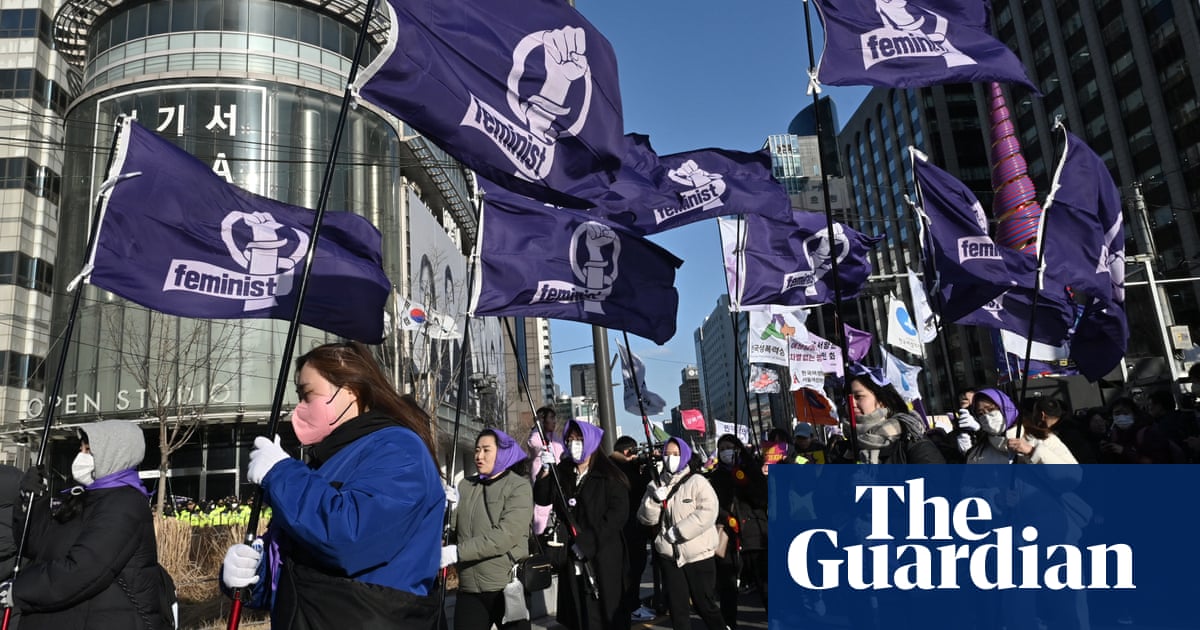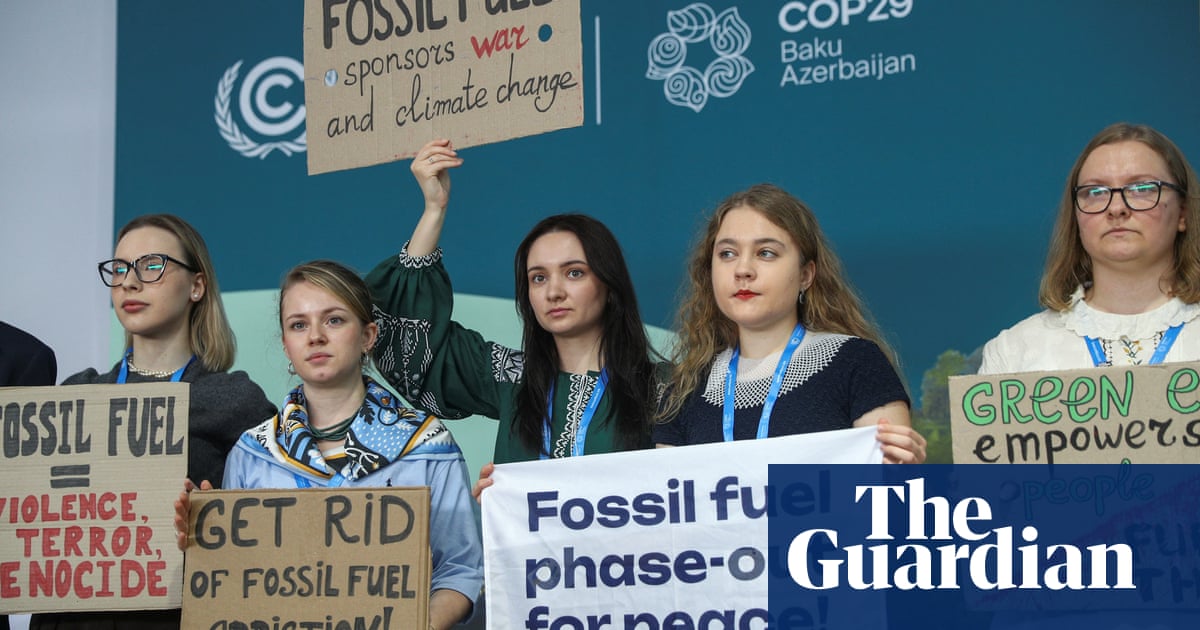The violence that erupted on Amsterdam’s streets last week has triggered a political crisis in the Netherlands, with the ruling coalition in turmoil over alleged racist remarks made by government officials during a closed-door meeting to discuss the events.
Nora Achahbar, the Moroccan-born secretary for benefits from the centre-right New Social Contract (NSC) party, part of the ruling coalition, is expected to announce her resignation over allegedly inflammatory and racist remarks by colleagues about Dutch citizens from ethnically diverse backgrounds. Other NSC members are also considering resigning in protest, the Dutch state broadcaster NOS reported.
The heads of the four rightwing ruling parties are now gathering for crisis talks amid speculation that the government may collapse.
Tensions have been high in The Hague days after Amsterdam was gripped by what Femke Halsema, its mayor, described as “a toxic cocktail” of hooliganism, antisemitism and anger over the war in Gaza. The left-leaning opposition has accused the Dutch far-right leader Geert Wilders, whose PVV party holds the largest number of seats in government, of exacerbating tensions by calling for the revocation of Dutch citizenship and deportation for those convicted of involvement in the attacks.
Earlier in the day, Amsterdam city council adopted a motion calling for immediate action to address the “real and imminent” risk of genocide in Gaza, in what was described as an attempt to address last week’s unrest.
“These tensions are not going away,” said Sheher Khan, whose leftwing Denk party was one of the main backers of the motion. “I suspect – and I think we all agree – that if we do not tackle the root causes then we will see those tensions again, conflicts will keep happening.”
The motion, backed by 35 of the council’s 45 members on Thursday, calls for action “as soon as possible” to halt what it describes as “the real and imminent genocide in Gaza”. It cited the January interim decision by the UN’s international court of justice that stated there was “a real and imminent risk that irreparable prejudice” would be caused to the rights of Palestinians in Gaza under the genocide convention.
The motion also calls on the city to support relief organisations offering aid to Gaza as well as put pressure on the Dutch state to comply with international law and prevent Israel from committing possible genocide in Gaza.
The motion was approved exactly a week after the violence that followed the match between Ajax and Maccabi Tel Aviv.
As officials scrambled to piece together what had happened, an emergency ordinance banned protests and demonstrations for a week. Even so, more than 250 pro-Palestinian protesters were detained on Wednesday after gathering in defiance of the ban. Dutch authorities later said they were investigating reports of police violence after footage appeared to show police in riot gear beating protesters with batons after breaking up the protest.
In an interview on Friday, Khan said the continuing protests had reinforced the need for the motion. “Despite the state of emergency, people continue to demonstrate,” he said. He added that this was “not because people like to demonstrate” but because of the images emerging daily from Gaza.
He pointed to the demonstrations that greeted the Israeli president, Isaac Herzog, when he arrived in March to open the country’s first Holocaust museum, as well as pro-Palestinian student protests that had led to more than 150 arrests in March. “It has been happening all year,” he said. “This is going to happen again.”
Several of the city’s councillors refused to back the motion, some expressing concerns about the use of the word genocide and how it would be received in a city still raw from the events of the past week. “I fear that it will cause polarisation in the city,” Itay Garmy, of Volt Netherlands, told the Dutch newspaper Het Parool.
Last week’s unrest appears to have involved local people and visitors. Maccabi fans were linked to an attack on a taxi driver, the tearing down and burning of a Palestinian flag, and were filmed chanting racist, anti-Arab slogans, while the city’s mayor said there had been violent “hit and run” attacks on Israeli supporters. Witness accounts and screenshots of text messages suggest some specifically targeted Jews, asking people if they were Israeli or to show their passports.
Days later, many people in Amsterdam are still reeling, with Jewish and Muslim people speaking of heightened fears.

